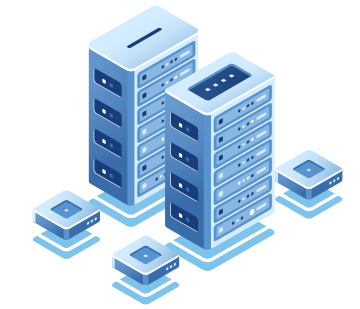6 Applications of Virtual Machines you Need to Know About

Virtualization (or the use of virtual machines) is an extremely useful capability for IT programmers. A virtual machine is an application that allows you to run several operating systems on a physical machine within a secure environment. A virtual machine operates in an environment sandboxed from the rest of the system and allows developers to work on new operating systems, testing new software, clone a system and even read malware-infected files.
Here are some applications of a virtual machine you need to be aware of:
1) Try new Operating Systems
Virtualization offers a convenient means to test new operating systems. Let us assume you work on Windows, but want to get a hands-on experience of any other operating system, say Linux. Here you have several options, including going for a dual boot setup. The easiest way, however, will be to opt for virtualization.
With free VM hosting, you can set up a free virtual machine on your system and then install Linux on this virtual machine. Once done with the installation, you can run Linux in a separate window on your physical system.
Virtualization is, in fact, the safest way of testing a new operating system as the free virtual machine remains sandboxed from the host OS. So, even if something goes wrong with the guest OS, you can recreate the virtual machine on a free cloud server and reinstall the OS.
2) Test Suspicious files for Malware
Virtualization creates a sandboxed environment that allows you to execute complex tasks effortlessly. An appropriate application of this property would be to use free virtual machines for testing suspicious files for malware.
You can also execute the malware on purpose just to see how they function. One should, however, exercise caution while dealing with new malware as it may be able to detect your virtualized environment and try to break out into the host OS.
3) Test Applications on Multiple Platforms
Testing applications on multiple platforms is one of the most practical applications of a free virtual machine. Let’s say you need to test a gaming application you have created for mobile devices. With free VM cloud hosting, you can deploy a free virtual machine and test everything right on your computer system by emulating virtual versions of mobile devices.
4) Run Old Software
As a virtual machine helps you run an OS within the OS on the physical system, you can run applications that are compatible only with older versions of an OS. For instance, if you are working with old MS Word documents compatible with Windows XP, you can set up a free VM with VirtualBox or Hyper-V and install Windows XP on this machine. You can now view the Word documents using the guest OS (Windows XP).
5) Clone a System
In virtualization, the entire contents of a virtual machine are stored on a single file. It is, therefore, easy to transfer the file to another computer that uses the same virtualization software and load it without issues.
For instance, the virtual machines on VirtualBox are stored as VDI files. You can easily copy the VDI file and transfer it to another computer running VirtualBox. This can be done even if the host OS on the two systems are different. Virtualization, thus, allows you to create a clone of your system that you can carry around anywhere.
6) Create System-Level Snapshots
One of the key benefits of using a free virtual machine is that it allows you to create backup snapshots that can be restored instantaneously.
Let’s say you have developed a new application and are not sure if it would work as intended. All you need to do is to create a snapshot of the application with a free VM. Even if the software does not work as planned, you can revert to the snapshot and work as if nothing happened. Plus, these backups are stored as single files, so you can move them to another location if required.
The Bottom Line
The concept of virtual machines has evolved over the last decade. Virtualization has allowed IT professionals to overcome infrastructure issues prevalent in the IT industry and optimize their day-to-day operations.





